Wildlife and activity near Western Treatment Plant
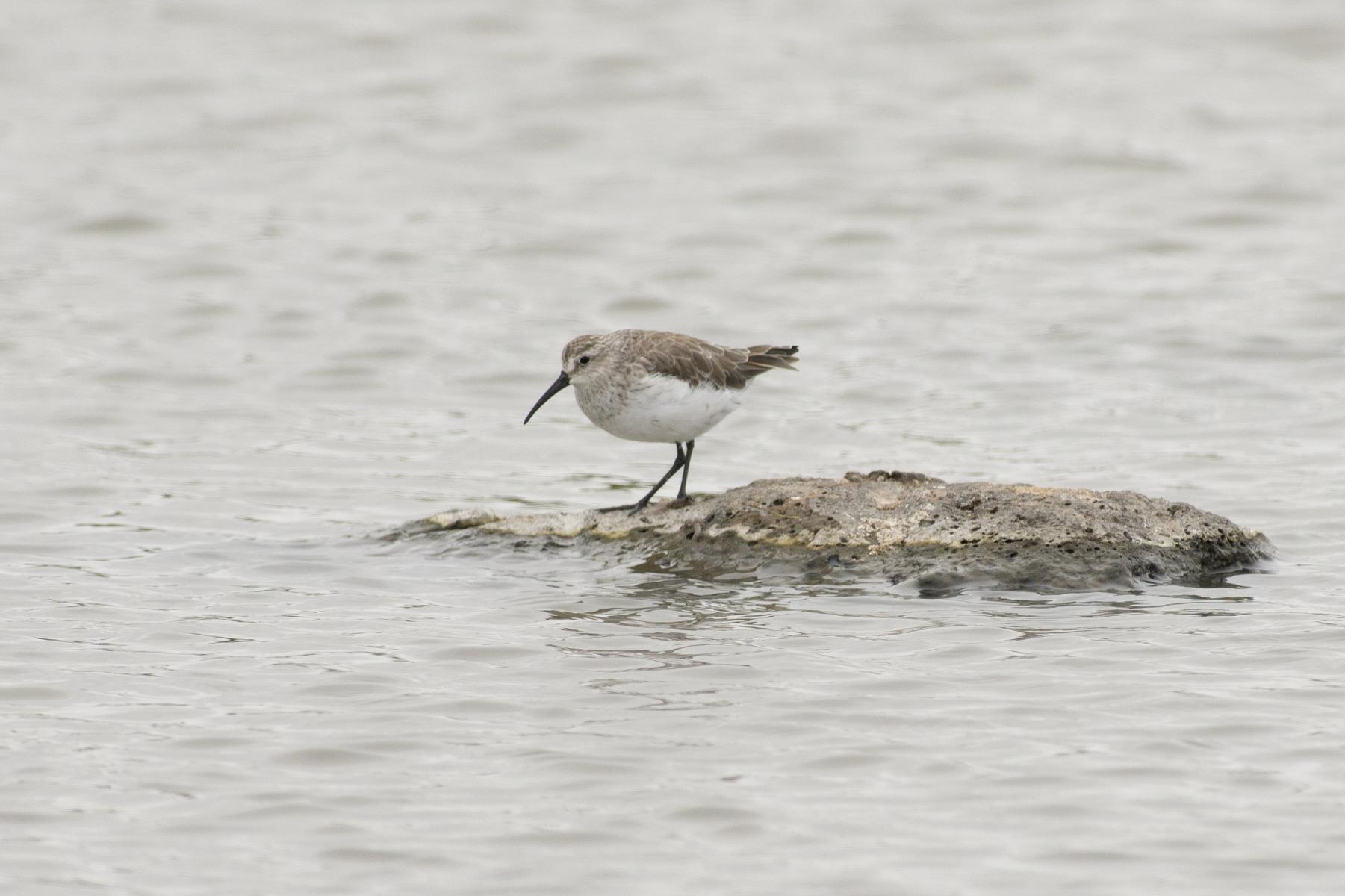
Curlew sandpiper. Image credit - David Paul, Museums Victoria
Calidris ferruginea
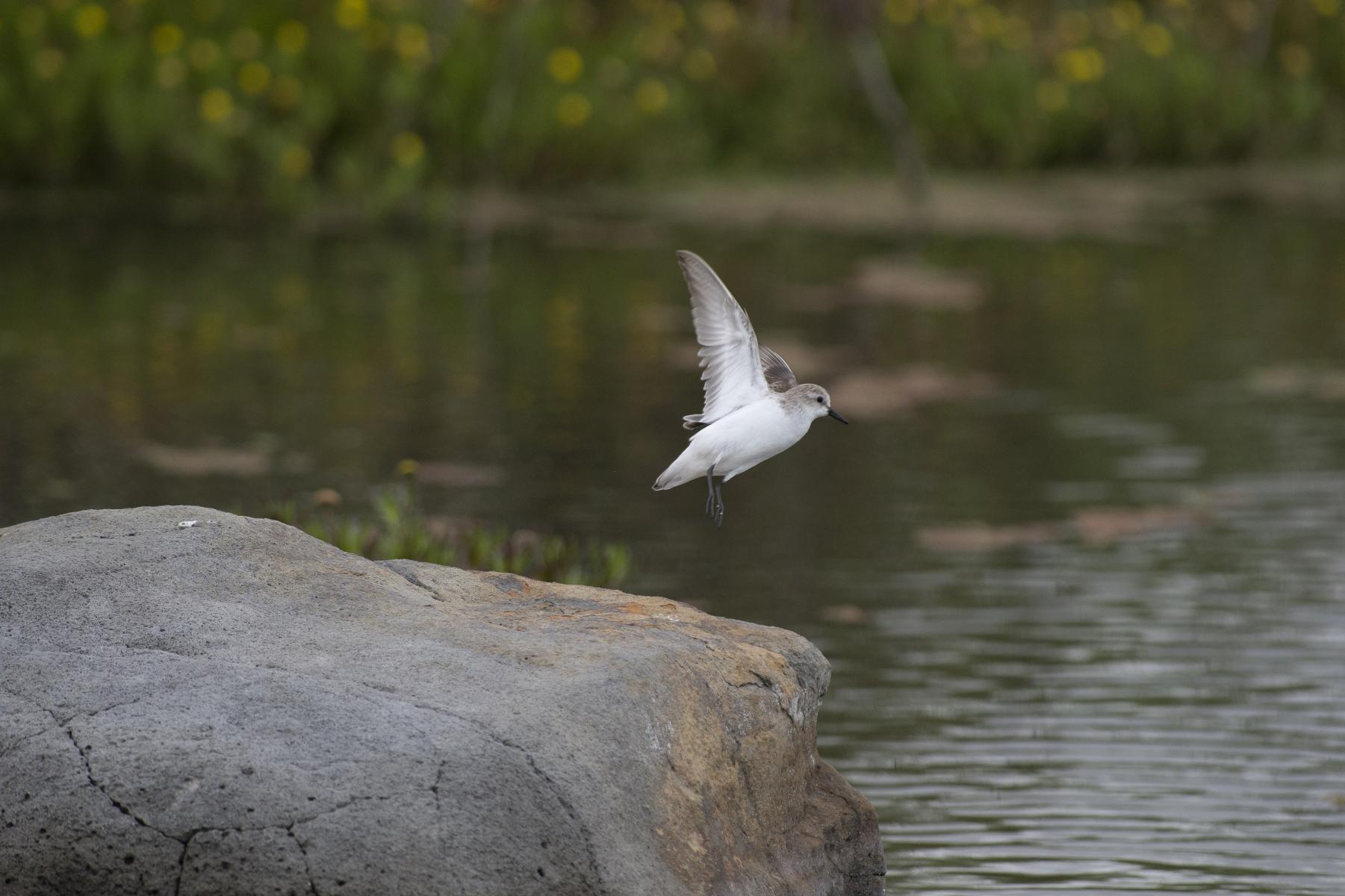
Red-necked stint. Image credit - David Paul, Museums Victoria
Calidris ruficollis
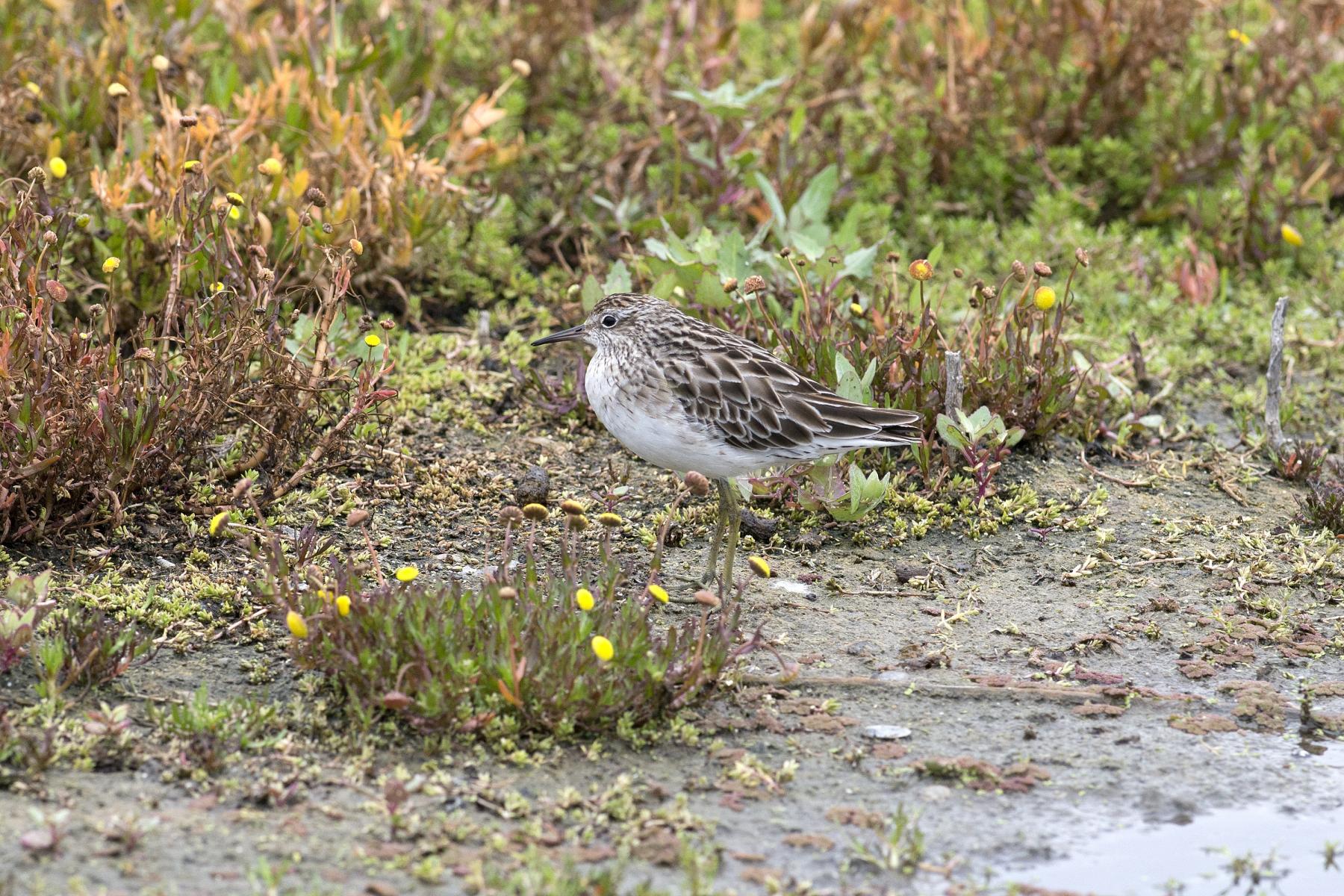
Sharp-tailed sandpiper. Image credit - David Paul, Museums Victoria
Calidris acuminata
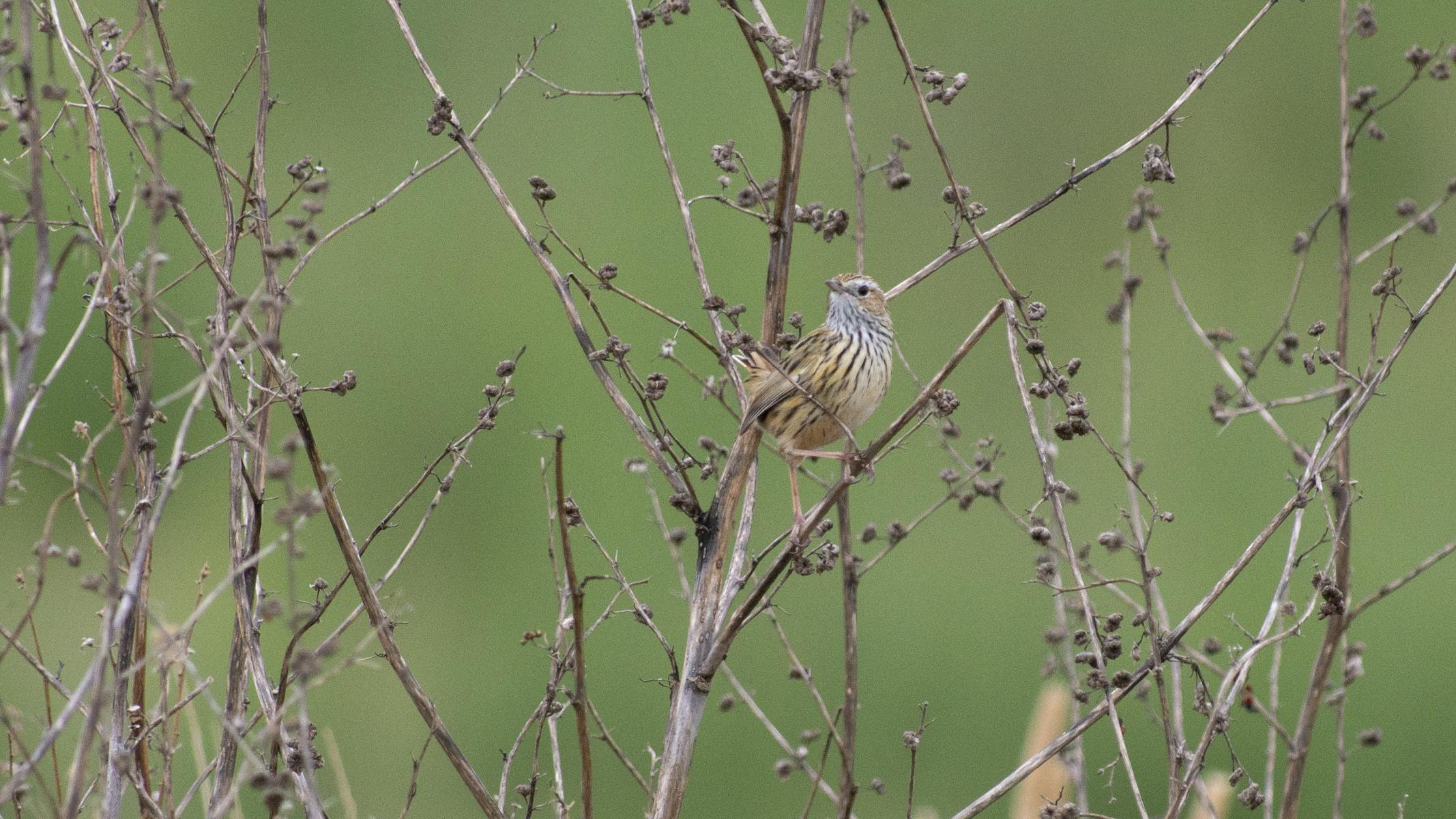
Striated fieldwren. Image credit - David Paul, Museums Victoria
Calamanthus fuliginosus. At Western Treatment Plant
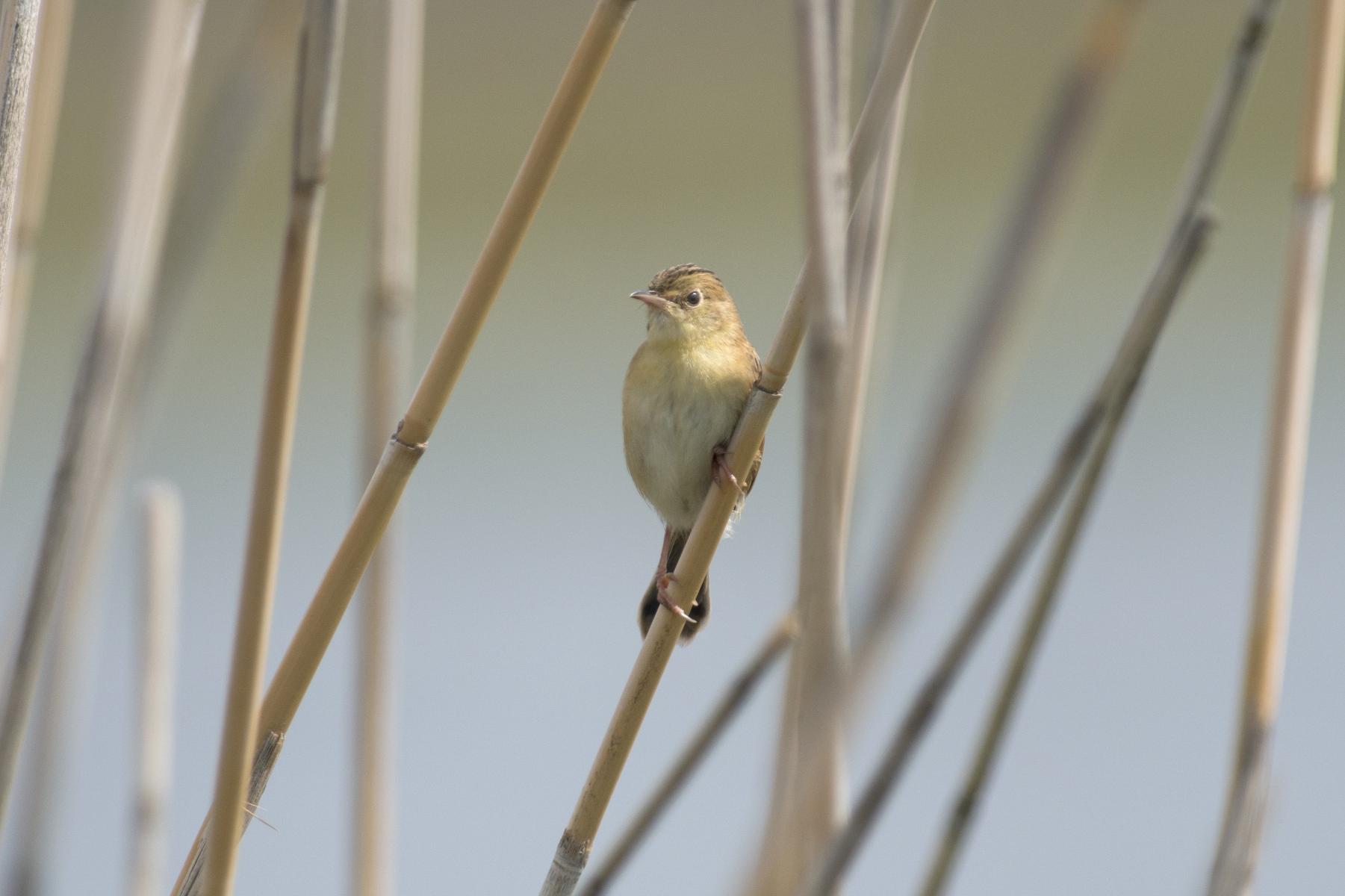
Golden-headed cisticola. Image credit - David Paul, Museums Victoria
Cisticola exilis. At Western Treatment Plant
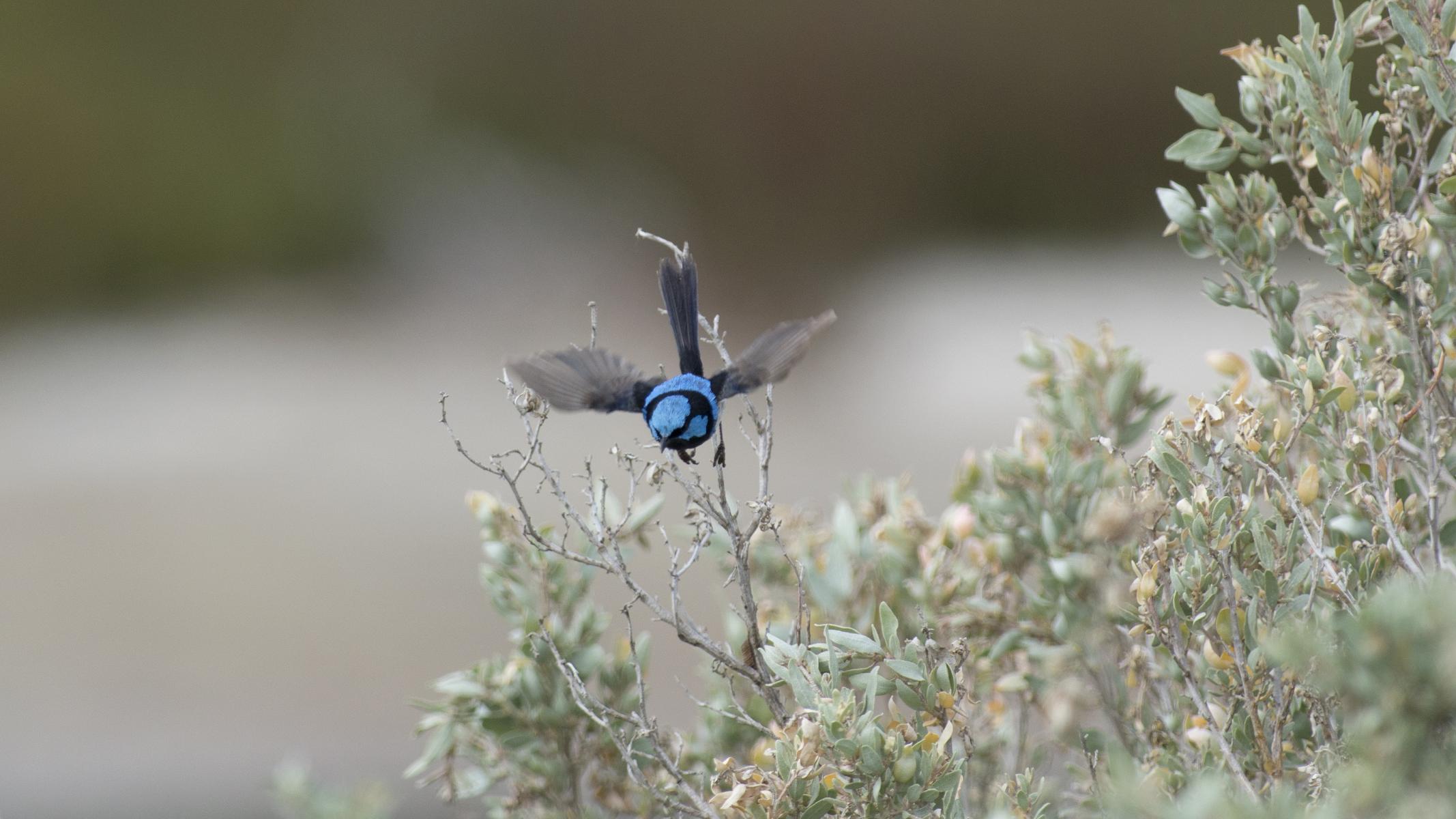
Superb fairy-wren. Image credit - David Paul, Museums Victoria
Malurus cyaneus. At Western Treatment Plant
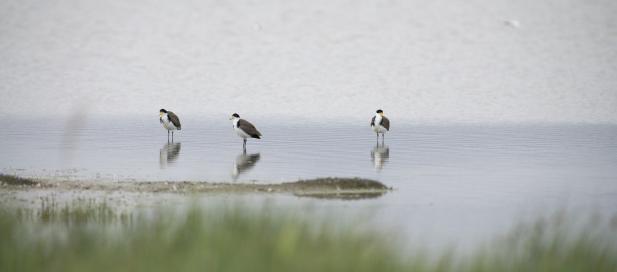
Masked lapwing. Image credit - David Paul, Museums Victoria
Vanellus miles. At Western Treatment Plant

Red-capped plover, juvenile. Image credit - Julian Finn, Museums Victoria
Charadrius ruficapillus. At Western Treatment Plant
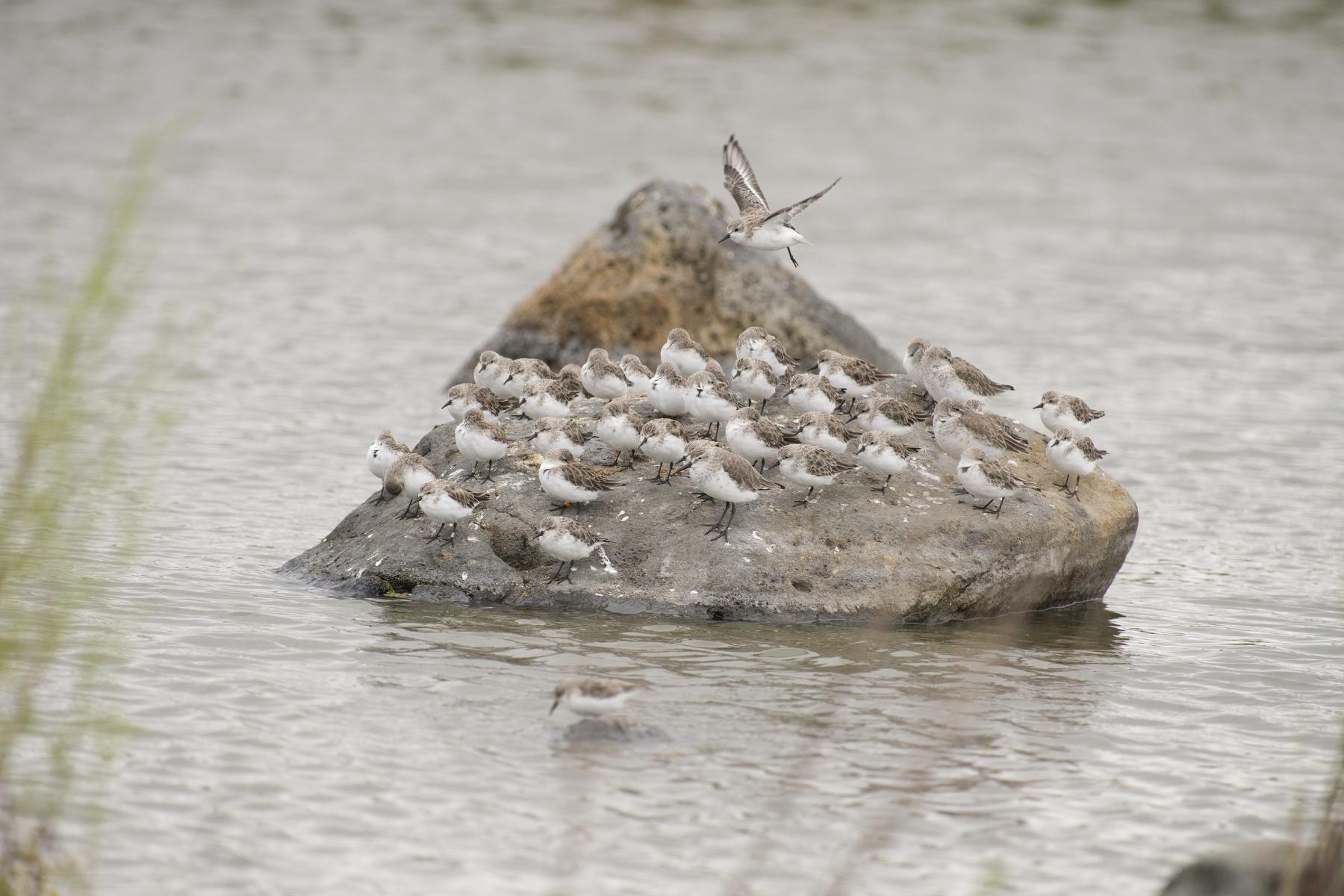
Red-necked stints. Image credit - David Paul, Museums Victoria
Calidris ruficollis. At Werribee
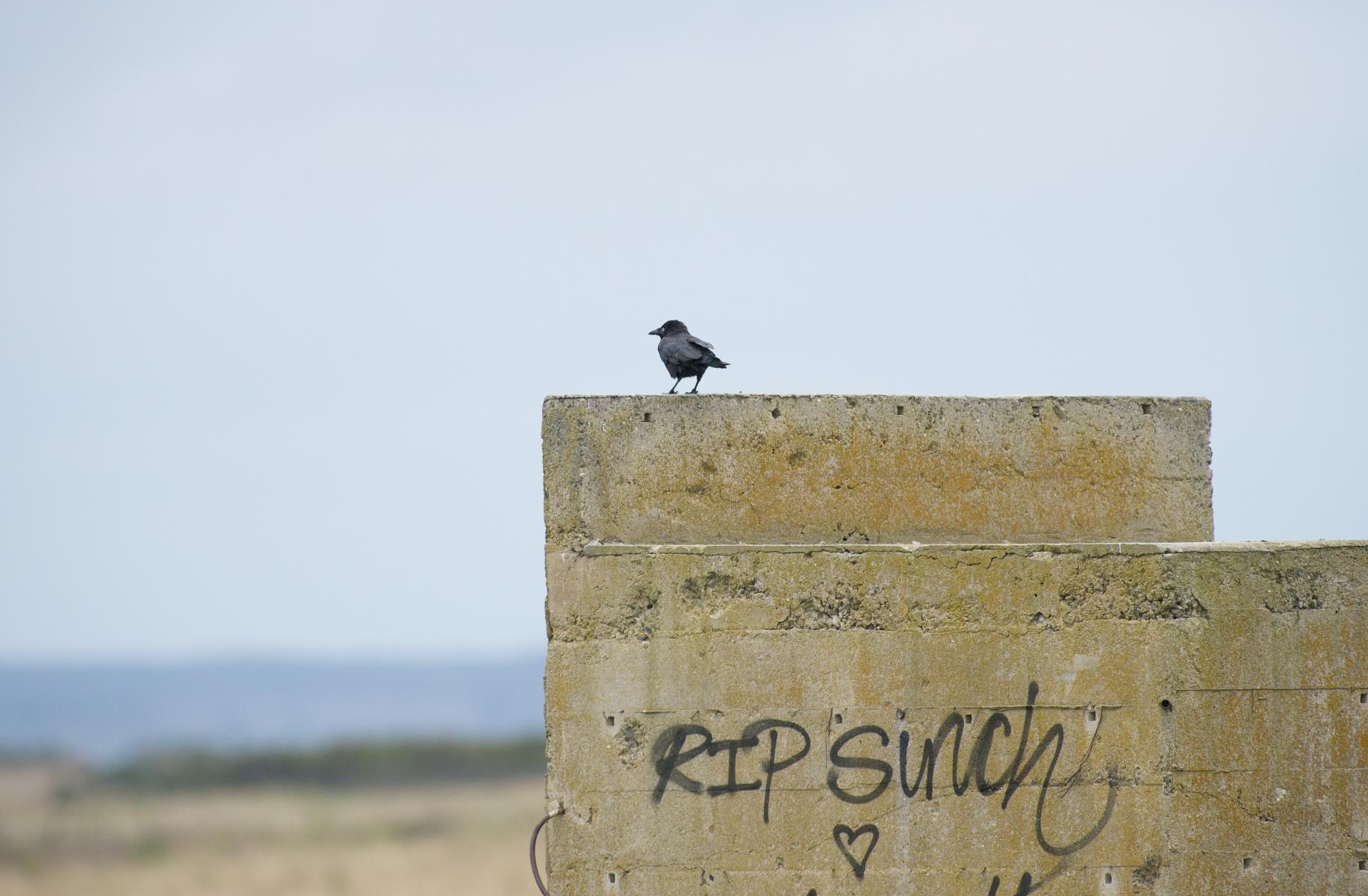
Little raven. Image credit - David Paul, Museums Victoria
Corvus mellori. At the Western Treatment Plant
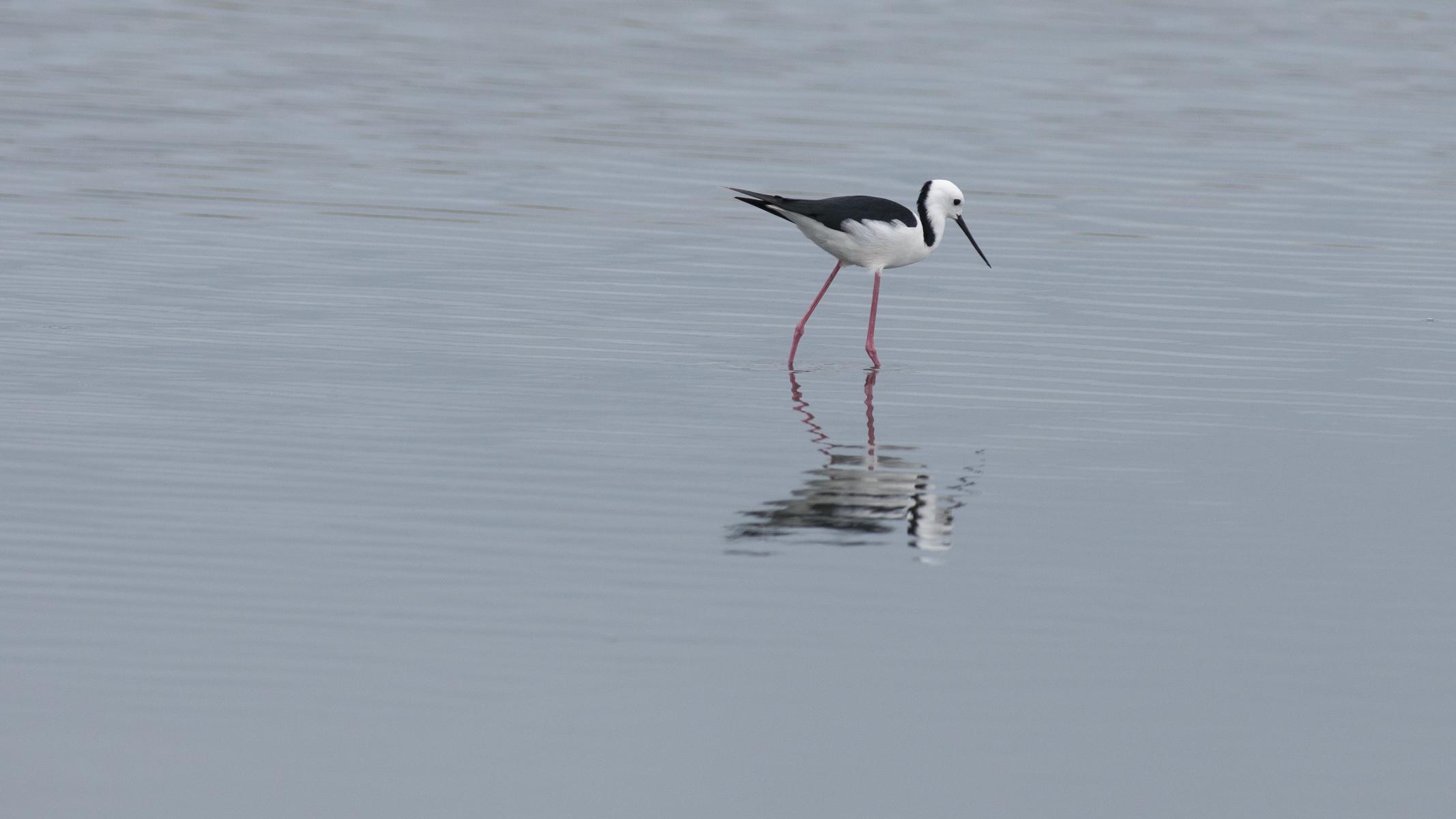
Black-winged stilt. Image credit - David Paul, Museums Victoria
Himantopus himantopus. At the Western Treatment Plant
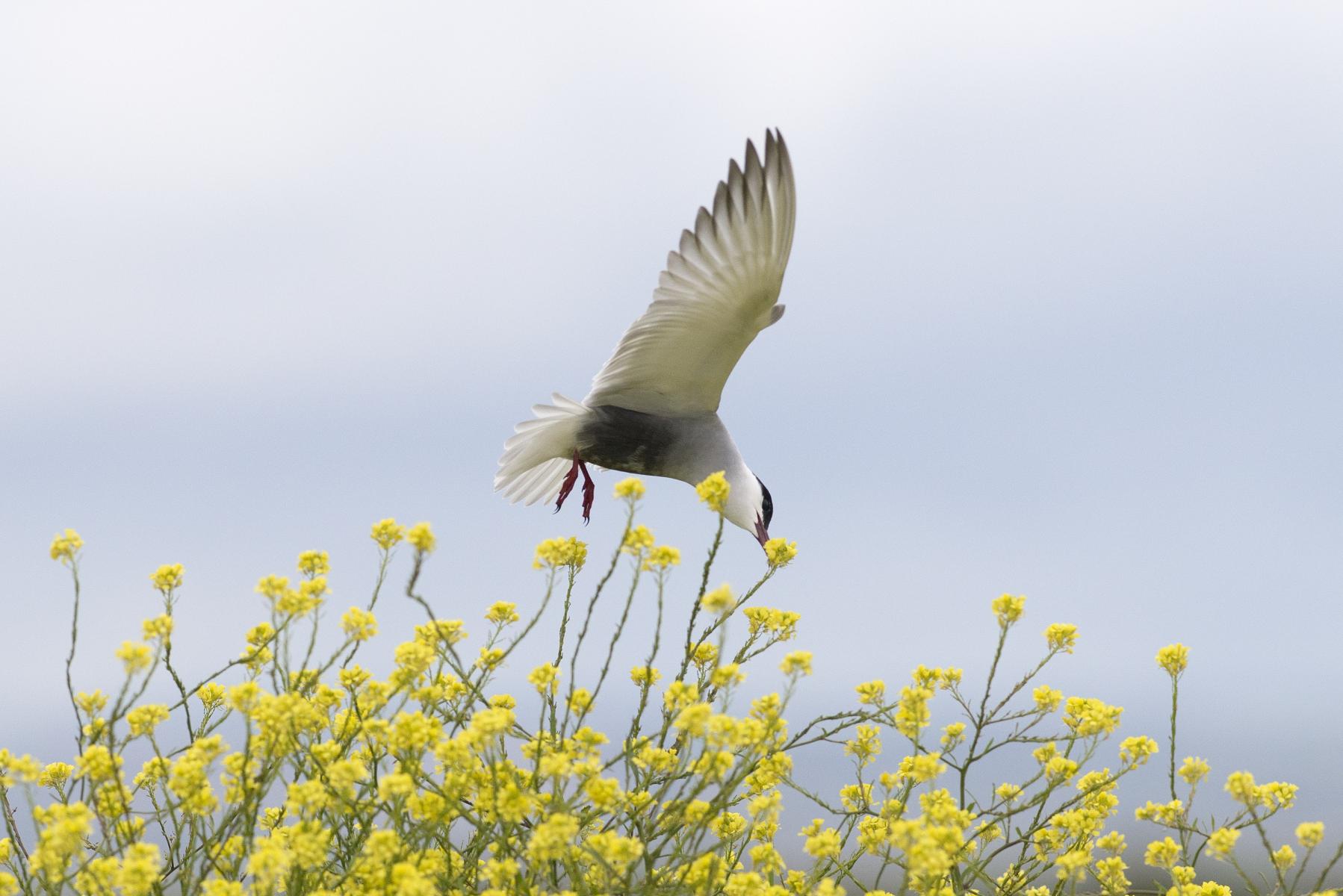
Whiskered tern. Image credit - David Paul, Museums Victoria
Chlidonias hybridus. At the Western Treatment Plant
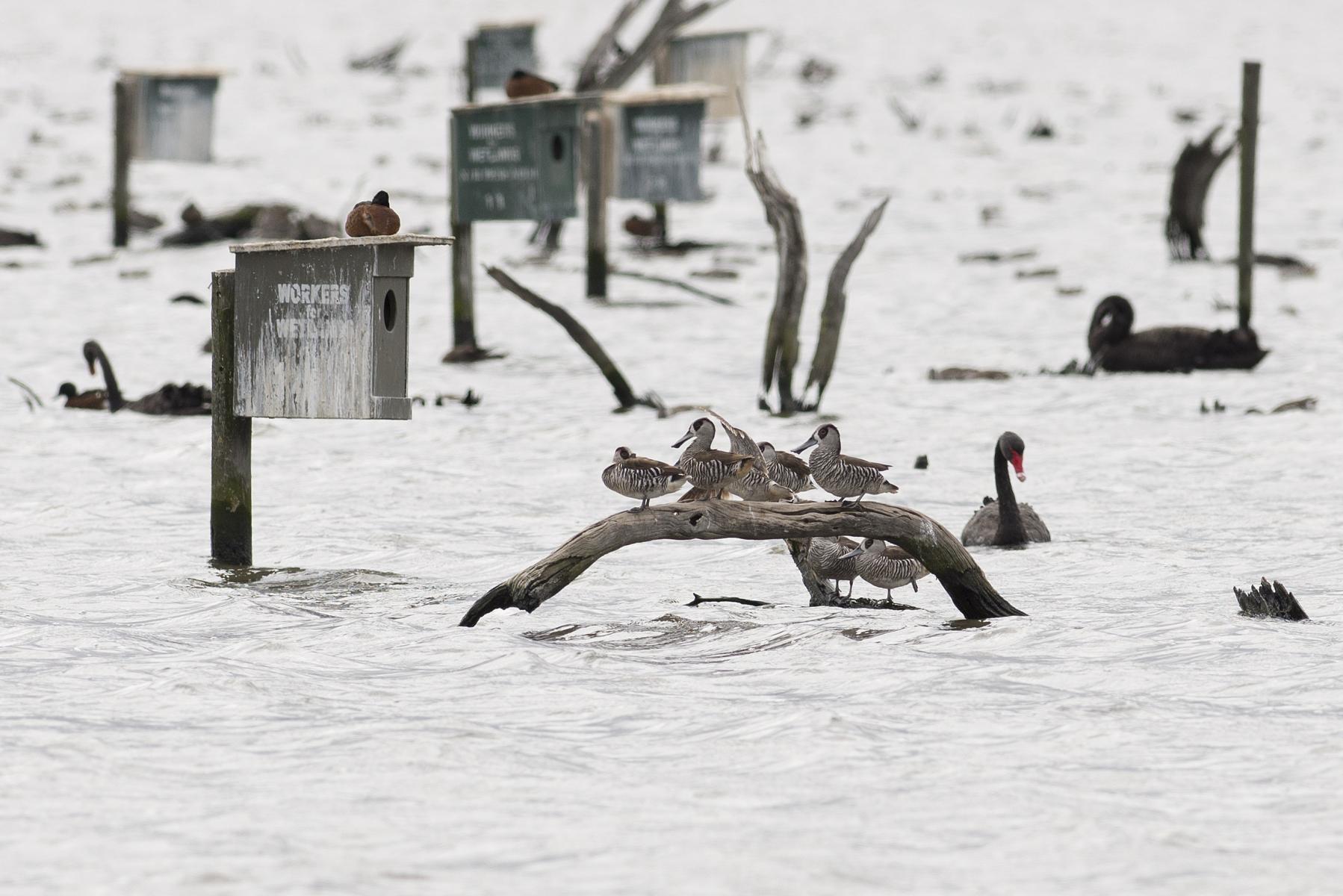
Pink-eared duck. Image credit - David Paul, Museums Victoria
Malacorhynchus membranaceus. At the Western Treatment Plant
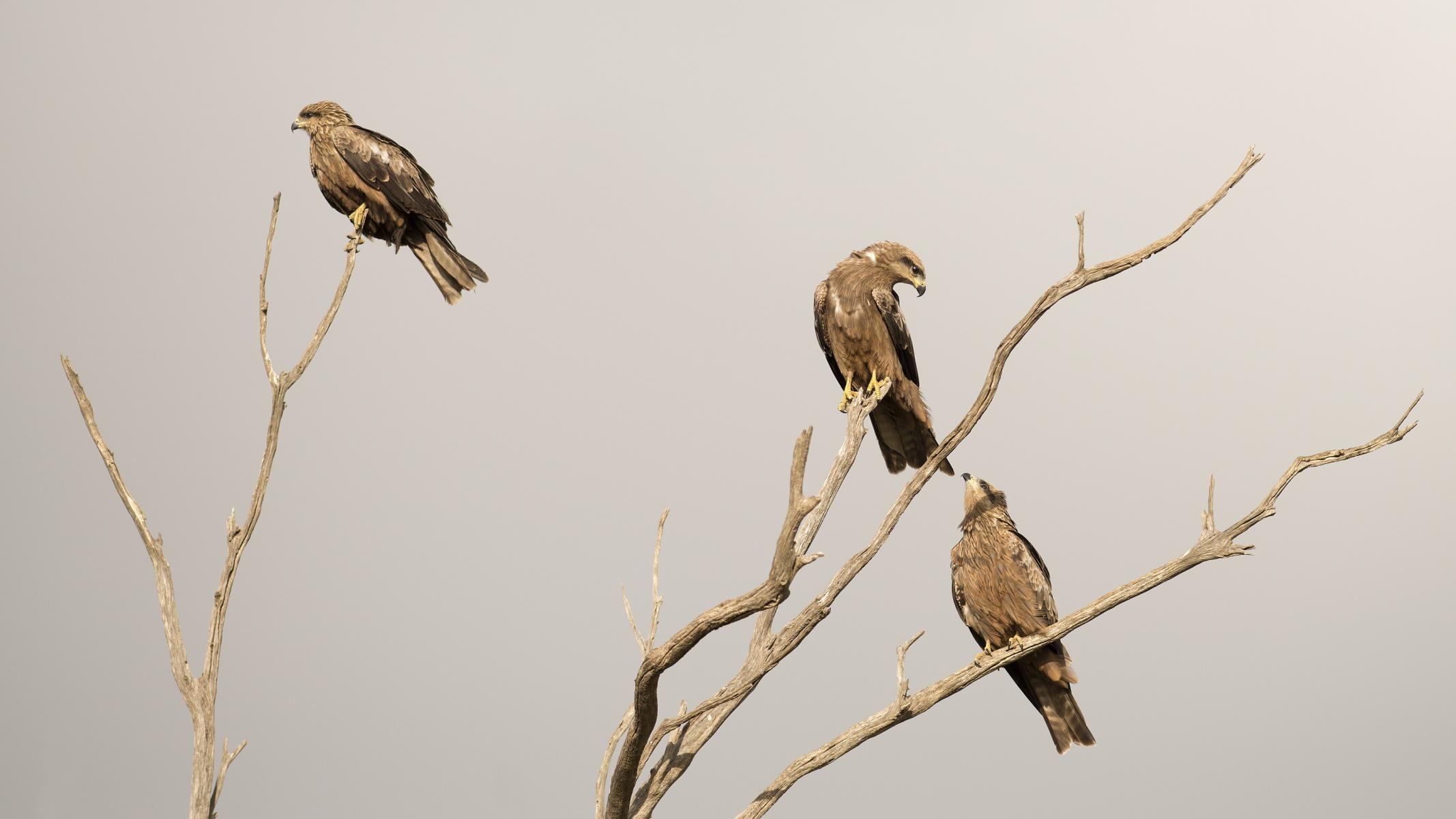
Black kite. Image credit - David Paul, Museums Victoria
Milvus migrans. At the Western Treatment Plant
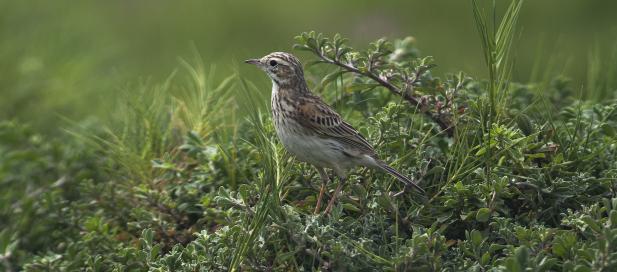
Striated fieldwren. Image credit - David Paul, Museums Victoria
Calamanthus fuliginosus. At the Western Treatment Plant
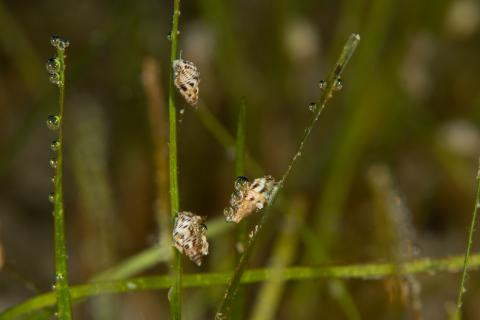
Our natural environment is a treasure trove. Protecting and restoring our bays, shores and the marine environment delivers a wealth of economic, social and cultural benefits. By translating nature’s benefits into a common language that allows for a dollar value to be placed on our ecosystems can transform the way policy makers, and the community, account for the environment.